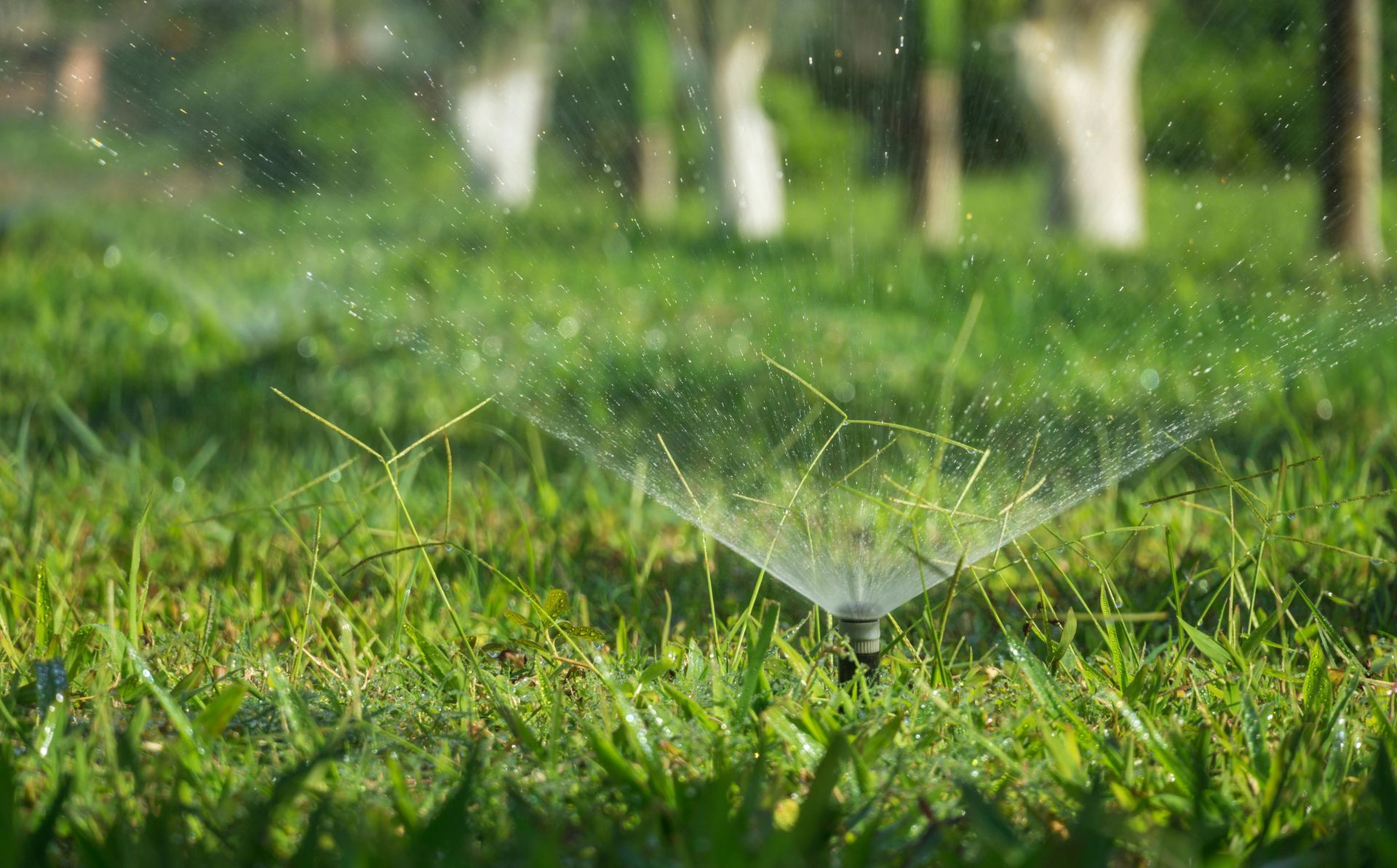Easy-to-Operate Irrigation Systems: A Friendly Guide
Whether you’re a new gardener, a seasoned grower, or just tired of dragging hoses around your yard, finding an irrigation system that’s simple to use can be a game-changer. Over the years, I’ve tried everything from old-school sprinklers to modern smart controllers, and I’ve learned a lot about what makes an irrigation system truly “easy.” Let’s dig into the best options, practical tips, and a few personal stories that might help you avoid some classic watering headaches.
Why Easy Irrigation Matters
Watering your garden or lawn should be a pleasure, not a chore. The right irrigation system saves you time, conserves water, and keeps your plants healthy—even if you’re away for a weekend or just forgetful (like me, more often than I’d like to admit). Easy-to-operate systems are especially important for:
• Busy families
• Older adults or those with limited mobility
• Beginners who want to avoid complicated setups
• Anyone looking to save water and money
Types of Easy-to-Operate Irrigation Systems
1. Soaker Hoses: Set It and Forget It
Soaker hoses are about as simple as it gets. You just lay them out along your garden beds, hook them up to a faucet, and turn on the water. The hose “sweats” water along its length, delivering moisture directly to the soil.
Pros:
• No fancy installation or tools required
• Great for lawns, vegetable beds and flower gardens
• Can be covered with mulch to reduce evaporation
Cons:
• Not goof for large areas
• Can clog over time if your water is hard
Personal Tip:
When I first started gardening, I ran a soaker hose through my tomatoes and peppers. It was a lifesaver during hot summers—I could water everything evenly while sipping coffee on the porch. Just remember to check for kinks!
2. Drip Irrigation: Precise and Efficient
Drip irrigation systems use a network of tubes and emitters to deliver water directly to the roots of your plants. Modern kits are designed for easy DIY installation, with push-together fittings and adjustable emitters.
Pros:
• Saves water by targeting roots, not leaves
• Reduces weeds by keeping surrounding soil dry
• Can be automated with a simple timer
Cons:
• Initial setup takes a bit of planning
• Tubing can be visible unless buried or covered
Personal Anecdote:
Last year, I installed a drip system for my raised beds. I was nervous at first, but the kit came with clear instructions and color-coded parts. It took an afternoon to set up, and now I just twist the timer dial and walk away. My basil and lettuce have never looked better!
3. Sprinkler Timers: Automation for Any System
Even if you use traditional sprinklers or hoses, adding a timer is a huge upgrade. Timers range from simple mechanical dials to advanced digital controllers that connect to your smartphone.
Pros:
• Works with existing hoses or sprinklers
• Prevents over- or under-watering
• Some models adjust for weather automatically
Cons:
• Basic timers need to be reset after power outages
• Smart timers require Wi-Fi and a bit of tech know-how
Pro Tip:
I once left for a long weekend and forgot to set my old timer. My neighbor rescued my thirsty tomatoes, but now I use a Wi-Fi-enabled timer that I can check from my phone. Peace of mind is worth the small investment.
4. Smart Irrigation Controllers: High-Tech, Low Effort
Smart controllers take the guesswork out of watering by using weather data, soil moisture sensors, and customizable schedules. Many are compatible with existing in-ground sprinkler systems.
Pros:
• Adjusts watering based on real-time weather
• Can be managed from your phone or voice assistant
• Saves significant water and money over time
Cons:
• Higher upfront cost
• Requires Wi-Fi and a smartphone
Personal Experience:
A friend installed a smart controller and was amazed at the difference. Her water bill dropped, her lawn stayed green during a drought, and she never had to touch the controller after setup. If you’re comfortable with apps, this is the ultimate in “set it and forget it.
Why It Matters
Simple Installation Saves time and frustration
Adjustable Settings Lets you tailor watering to your lawn or plant’s needs.
Automation Reduces daily chores and prevents missed waterings
Weather Responsiveness Avoids watering during rain or cool spells
Durability Ensures your investment lasts for years.
Tips for Getting Started
Assess Your Yard
• Sketch a quick map of your garden, lawn, and beds.
• Note sunny vs. shady areas, slopes, and plant types.
Choose the Right System
• For vegetable gardens: Soaker hoses or drip systems are best.
• For lawns: Sprinkler systems with timers or smart controllers.
• For pots or containers: Drip emitters or micro-sprayers.
Installation Advice
• Read instructions before you start—YouTube is your friend!
• Test your system before burying hoses or tubing.
• Adjust emitters or sprinkler heads for even coverage.
Maintenance Made Easy
• Check for leaks or clogs once a month.
• Clean filters and flush hoses at the start of each season.
• Update timer schedules as the weather changes.
Common Mistakes (and How to Avoid Them)
• Overwatering: More isn’t always better. Use timers and adjust for rainfall.
• Ignoring Maintenance: A clogged emitter can ruin a bed of flowers—trust me, I’ve learned the hard way.
• Complicated Setups: Start simple. You can always expand or upgrade later.
Personal Reflections: Why I Love Easy Irrigation
I’ll never forget the summer my tomatoes wilted during a heatwave because I was too busy to water them. That’s when I realized the value of an easy-to-use irrigation system. Now, I spend less time worrying about watering and more time enjoying my garden (and eating those juicy tomatoes).
If you’re on the fence, start small. Even a basic soaker hose or a plug-in timer can make a world of difference. And don’t be afraid to ask for help—garden centers and online communities are full of friendly advice.
Conclusion: Watering, Simplified
An easy-to-operate irrigation system is one of the best gifts you can give yourself—and your plants. Whether you choose a soaker hose, a drip kit, a simple timer, or a high-tech smart controller, you’ll save time, water, and stress. Plus, you’ll enjoy a greener, healthier garden with less effort.
So go ahead, make watering the easiest part of your gardening routine. Your plants (and your future self) will thank you!
References:
• Automated irrigation systems can save up to 50% more water compared to manual watering.
• Drip irrigation is recommended by horticultural experts for its efficiency and ease of use.
• Smart irrigation controllers can reduce outdoor water use by up to 30%.
• Wi-Fi-enabled timers and controllers are increasingly popular for their convenience and adaptability.



